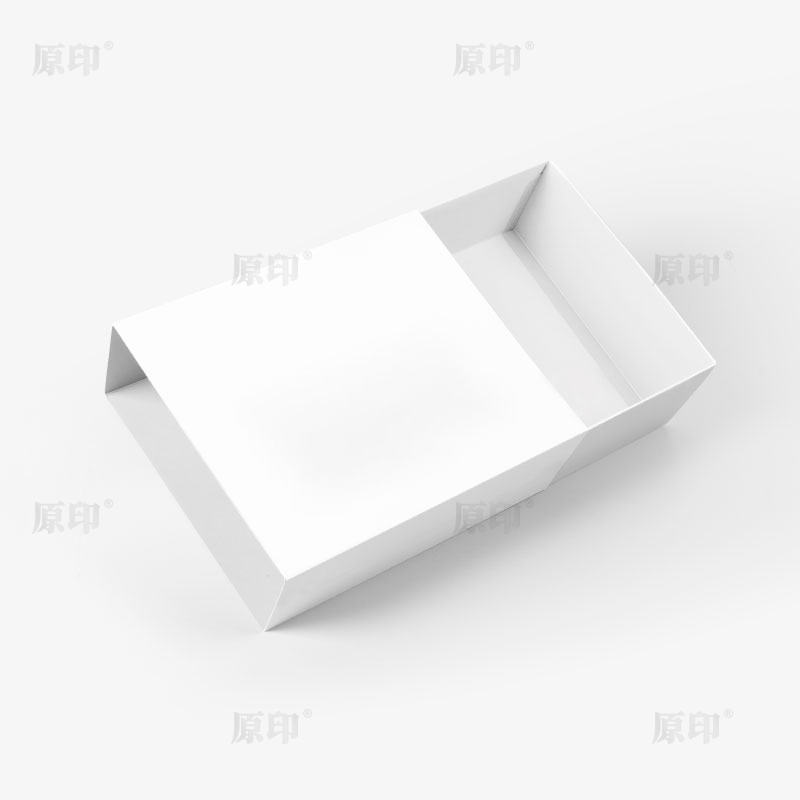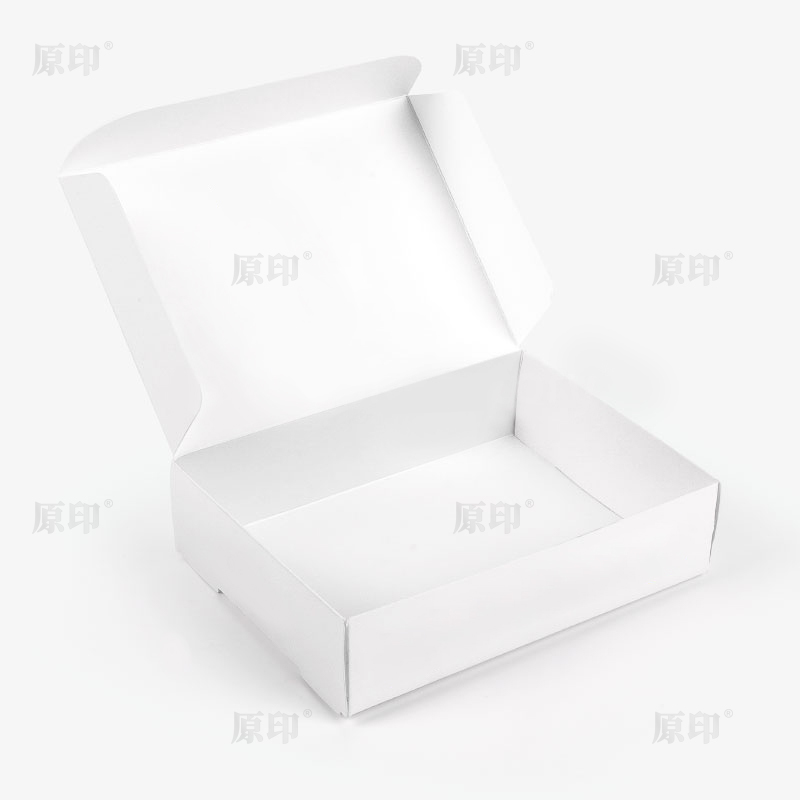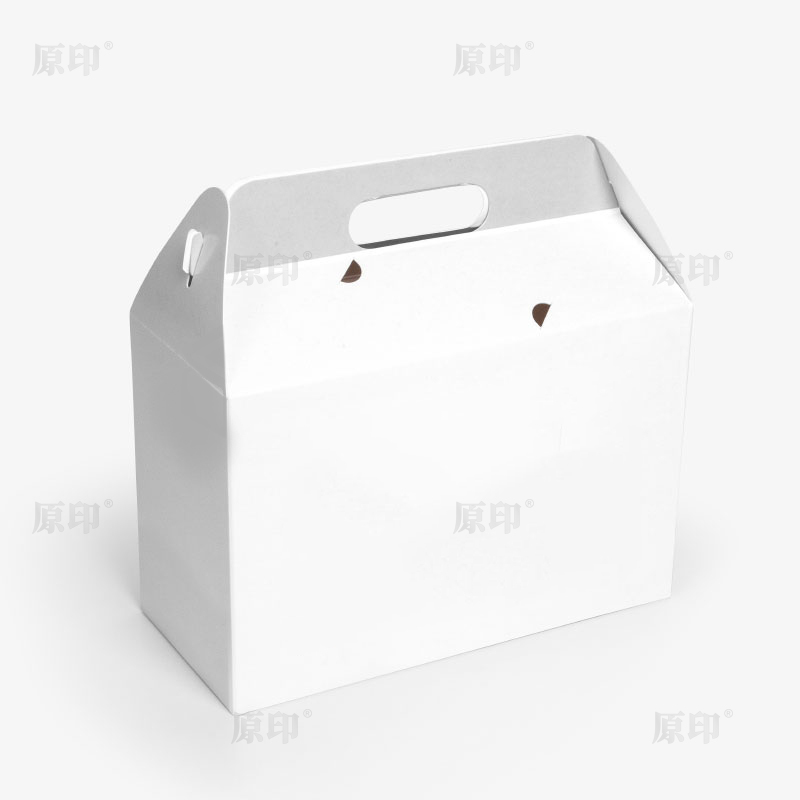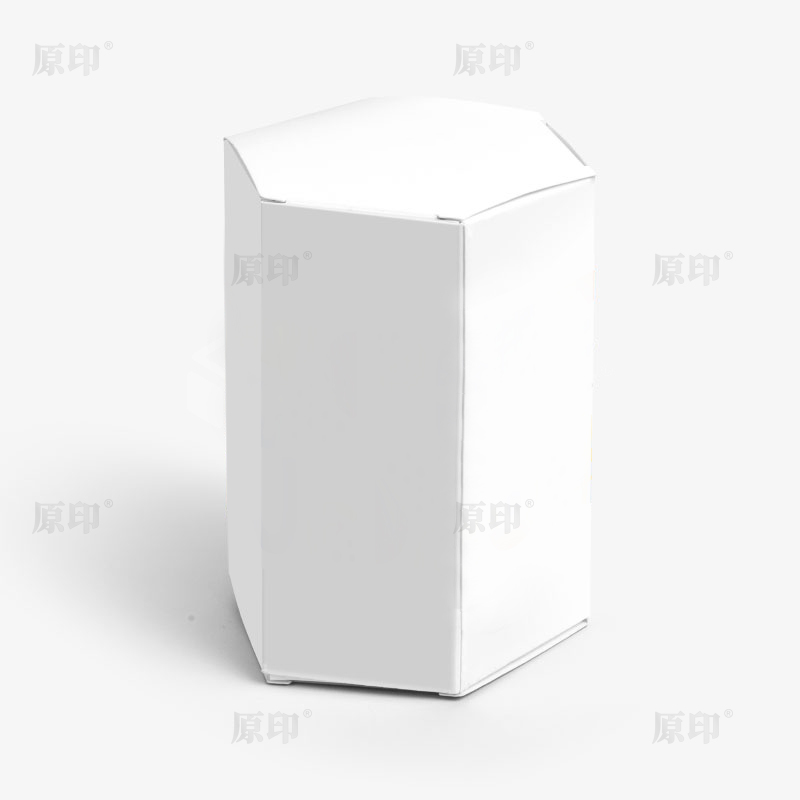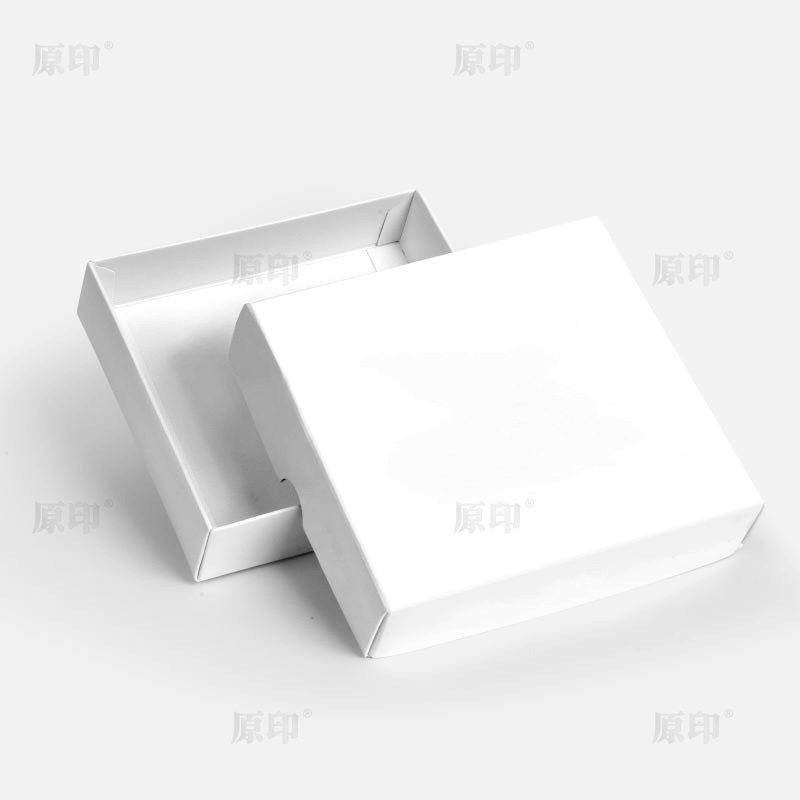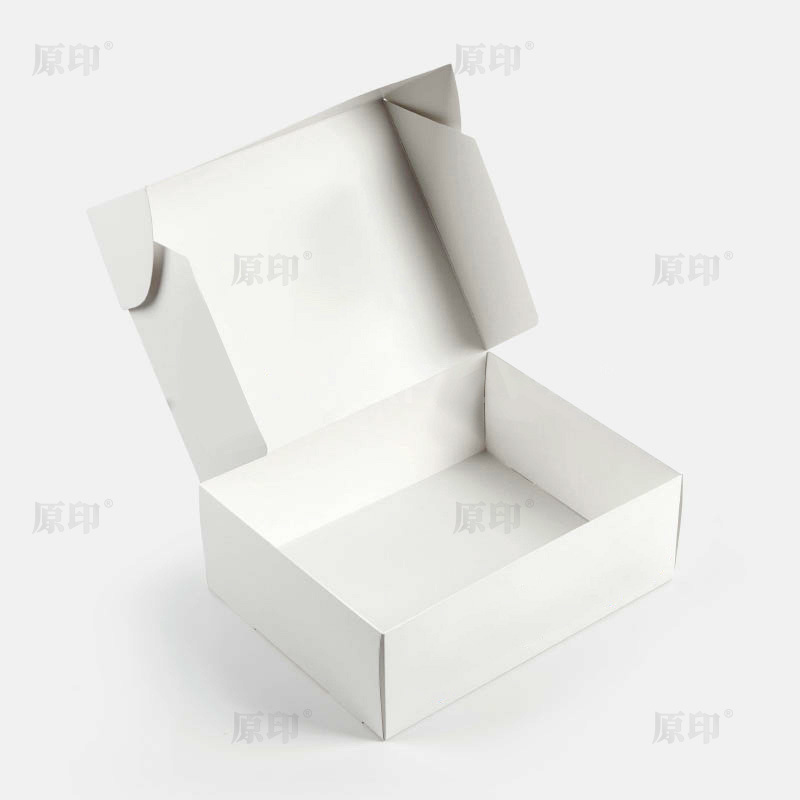How to Choose the Right Material for Office and Printing Paper Packaging?
Packaging plays a crucial role in protecting, storing, and presenting office and printing paper products. Whether it is copy paper for everyday office use, specialty printing paper for high-quality graphics, or notebooks and stationery, the right packaging material ensures that the product remains intact, easy to transport, and appealing to customers. With growing demand for sustainable solutions and rising competition in the stationery and paper market, selecting the right material for office and printing paper packaging has become more important than ever.
This article explores key factors to consider when choosing packaging materials, the most common options available, and how businesses can align packaging with both functional needs and market trends.

Why Packaging Material Matters
Before diving into specific materials, it is important to understand why packaging is such a critical part of office and printing paper products:
- Protection – Paper is highly sensitive to moisture, dust, and physical damage. Good packaging prevents warping, tearing, and discoloration.
- Storage and Handling – Office paper is often stored in bulk, stacked on shelves, or transported in boxes. Sturdy packaging ensures easy handling.
- Branding and Aesthetics – Printed packaging can display brand identity, usage instructions, or eco-friendly certifications, making the product more attractive.
- Sustainability – With growing awareness of environmental impact, packaging materials are expected to balance protection with recyclability and eco-friendliness.
Key Factors to Consider When Choosing Packaging Material
When selecting the right material for office and printing paper packaging, businesses should evaluate the following aspects:
1. Product Type and Usage
- Copy Paper: Requires durable but lightweight packaging for bulk storage and frequent handling.
- Premium Printing Paper: Needs moisture-resistant and visually appealing packaging to protect quality.
- Notebooks and Stationery: Often rely on attractive packaging for retail presentation and branding.
2. Strength and Durability
The material must withstand stacking, transport, and potential exposure to humidity. Thicker, reinforced packaging is better for bulk shipments, while lighter options may suffice for small packs.
3. Printability
Since office paper packaging often doubles as a branding tool, the material must support high-quality printing of logos, instructions, and graphics.
4. Environmental Impact
With businesses and consumers prioritizing eco-friendly practices, recyclable and biodegradable packaging is increasingly preferred. Certifications such as FSC (Forest Stewardship Council) add credibility.
5. Cost Efficiency
Packaging must balance quality with affordability. While premium materials may enhance aesthetics and protection, they must still align with the company’s pricing strategy.
Common Materials for Office and Printing Paper Packaging
1. Kraft Paper
- Overview: A strong, durable, and eco-friendly paper often used for wrapping reams of office paper or making paper bags.
- Advantages: Recyclable, biodegradable, and provides good strength.
- Best Use: Outer wrapping for reams, eco-friendly packaging lines.
2. White Cardboard (Folding Carton Board)
- Overview: A smooth, printable surface ideal for detailed branding and premium packaging.
- Advantages: Excellent printability, visually appealing, and customizable.
- Best Use: Premium paper products and retail stationery packaging.
3. Corrugated Board
- Overview: Made of fluted sheets sandwiched between liners, providing high strength for bulk packaging.
- Advantages: Strong, protective, recyclable, and cost-effective for shipping boxes.
- Best Use: Outer cartons for bulk office paper transport.
4. Polyethylene (PE) Film
- Overview: Lightweight plastic film often used for shrink-wrapping reams of copy paper.
- Advantages: Moisture resistance, low cost, protects against dust and dirt.
- Disadvantages: Non-biodegradable unless made from recycled or bio-based plastic.
- Best Use: Everyday office copy paper packaging.
5. Biodegradable Films and Compostable Plastics
- Overview: Alternatives to conventional plastics made from corn starch, PLA, or other plant-based materials.
- Advantages: Environmentally friendly, reduces reliance on petroleum-based plastics.
- Disadvantages: Higher cost, may not offer the same durability as PE.
- Best Use: Sustainable paper packaging for eco-conscious markets.
6. Laminated Paperboard
- Overview: Combines paperboard with a protective film layer for added moisture resistance.
- Advantages: Balances strength with printability and protection.
- Best Use: High-end office paper or specialty printing paper.
Balancing Functionality and Sustainability
One of the biggest challenges for packaging manufacturers today is balancing durability with eco-friendliness. Traditional plastic films are cheap and effective but contribute to environmental waste. On the other hand, biodegradable materials offer sustainability but can raise costs.
To address this, many companies are adopting hybrid solutions, such as:
- Using recyclable paper wrappers with minimal protective film.
- Designing packaging with less ink to improve recyclability.
- Incorporating water-based coatings instead of plastic laminates.
Printing and Branding Considerations
Since packaging doubles as a marketing tool, the choice of material must align with branding goals.
- High Print Quality: White cardboard is the best option for sharp logos and vibrant designs.
- Eco Branding: Kraft paper naturally communicates sustainability, even without heavy printing.
- Minimalist Trends: Simple, clean designs printed on recyclable paperboard resonate with eco-conscious consumers.
Innovations such as digital printing, embossing, and foil stamping can elevate packaging without compromising sustainability.
Cost and Market Positioning
The right material also depends on a company’s target market:
- Mass-Market Copy Paper: Cost-effective PE film or kraft paper wrapping is most suitable.
- Premium Printing Paper: Laminated cardboard or high-quality cartons communicate exclusivity.
- Eco-Friendly Brands: Recycled kraft paper or biodegradable films reinforce green values.
A smart balance ensures that packaging not only protects the product but also appeals to customer expectations.
Trends Shaping the Future of Office Paper Packaging
- Sustainable Materials – Growing demand for recyclable and biodegradable options.
- Lightweight Packaging – Reducing material use to cut shipping costs and environmental impact.
- Smart Packaging – QR codes and digital labeling for enhanced user engagement.
- Minimalist Aesthetics – Clean designs that highlight eco-conscious branding.
- Customization – Tailored packaging solutions for small businesses and niche markets.
Conclusion
Choosing the right material for office and printing paper packaging is not just about wrapping the product; it is about balancing functionality, cost, sustainability, and branding. From kraft paper and corrugated board to biodegradable films and laminated cartons, each material has its strengths and best use cases. Businesses must carefully evaluate product type, durability needs, environmental impact, and target audience before making a decision.
As consumer preferences shift toward eco-friendly and visually appealing packaging, manufacturers that innovate with sustainable yet practical solutions will stand out in the market. Ultimately, the right material ensures that office and printing paper products remain protected, attractive, and aligned with modern market demands.

